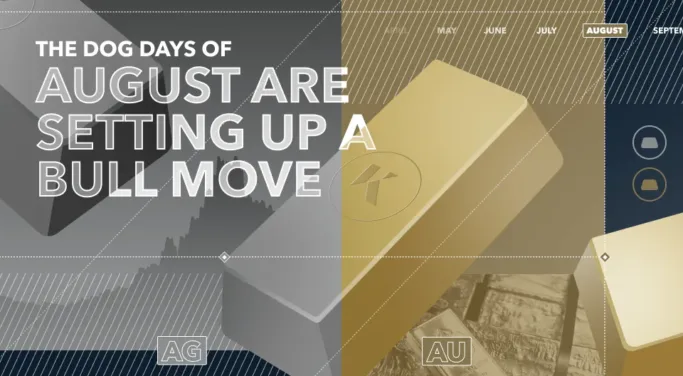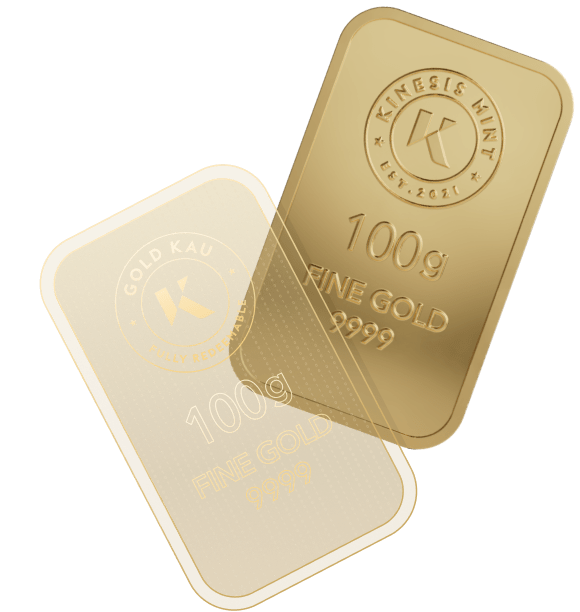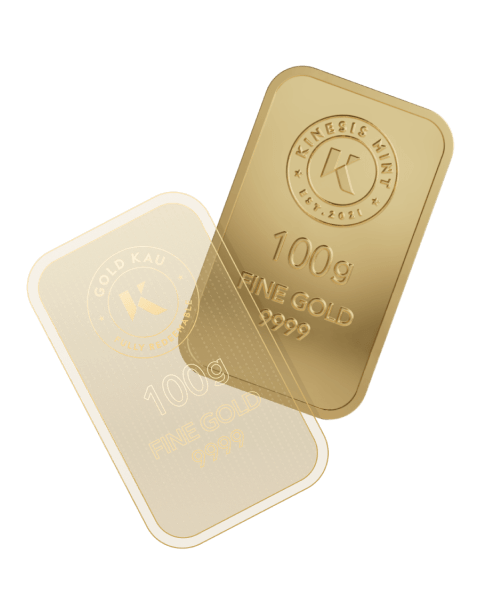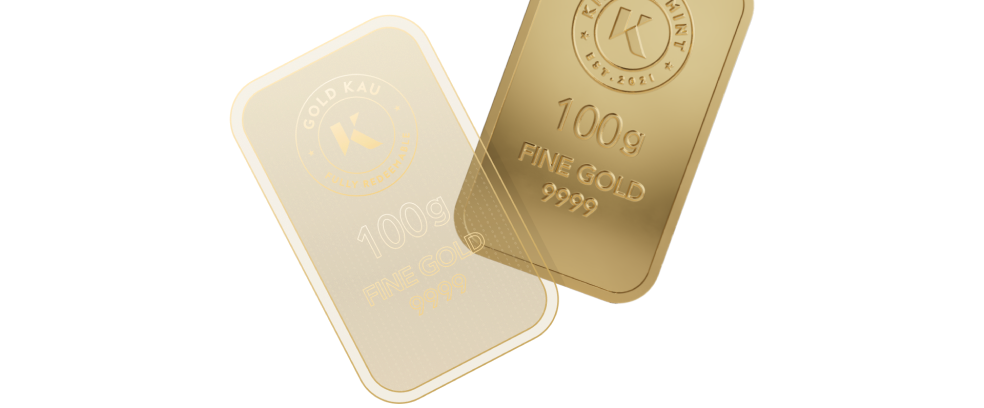Sentiment in the Precious Metals Market
Observing subscriber emails, social media and my favourite sentiment indicator, precious metals sector investors have become despondent. The Hulbert Gold Newsletter Sentiment Index is negative, which means that newsletter writers are recommending a short position in gold.
Gold hasn’t maintained a move over $2,000/oz and silver hasn’t held over $25/oz so far this year. News that should be bullish for the sector is greeted with “fishing line” sell-offs – on a chart these resemble a dramatic drop in an asset’s price.
The Role of Trading Venues in Gold & Silver Prices
Keep in mind that 95% of the sharp sell-offs occur after the physical buying contingency in the eastern hemisphere closes for the day and the trading activity shifts to London (LBMA) and New York (COMEX).
Both of these trading venues are predominantly paper derivative markets, including LBMA forward contracts and COMEX futures. Though a material amount of physical gold moves in and out of London, flowing primarily to eastern hemisphere buyers, the COMEX can be considered almost entirely a paper derivatives trading forum.
Growing Eastern Demand & Central Bank Trends
The bottom line is that the demand for physical gold in the eastern hemisphere from central banks, big investors and the general population continues to grow.
According to the World Gold Council, gold demand set a record in H1 2023 (the first half of this year), driven by eastern hemisphere central bank buying. Just as important, many of these central banks are now repatriating their gold for safekeeping in their own vaults, rather than leaving the metal in London vaults.
Indian Gold Imports: A Closer Look at the Data
An article posted in early August reported that a decline in Indian gold imports was expected this year. This article quoted data from the World Gold Council, which has, historically, had a poor track record for forecasting gold importation into India and China.
That said, it would not surprise me if Indian gold importation has been slower this year. Indian buyers have historically been price-sensitive.
When there’s been a big move higher for gold in a short time period – like those experienced since early March, with gold rising from $1,820 to $2,000 – they’ve tended to pull back temporarily from buying, to see if the price will decline. If not, they acclimate to the higher price level and resume buying.
On any meaningful price pullback, Indian buyers will aggressively scoop up physical gold.
Seasonal Factors & Future Outlook for Precious Metals
If the price continues to rise, they may shift from buying gold to buying silver.
From a seasonal standpoint, Indian buyers tend to accumulate a lot of gold and silver in the fourth quarter of the year, in conjunction with the wedding season, festivals and religious observances. On top of that, it’s been a good monsoon season, which means the farmers will have a big harvest. When they sell their harvested products, they turn around and convert their rupees into gold.
I strongly believe that the prices of gold and silver will engage in a cyclical bull move sometime later this quarter and, at the very least, through the end of 2023. This will be driven by growing instability globally in banking systems, economies and geopolitical relationships, particularly with and between the US and China.
Navigating Short-term Volatility in Precious Metals
The current Summer period has historically been a seasonally weak one, punctuated by low volume and highly negative investor sentiment. The short-term volatility in gold and silver prices is just noise. The bigger picture suggests that gold and silver are going much higher in price. It seems the only uncertainty is timing.
Dave Kranzler is a hedge fund manager, precious metals analyst and author. After years of trading expertise build-up on Wall Street, Dave now co-manages a Denver-based, precious metals and mining stock investment fund.
This publication is for informational purposes only and is not intended to be a solicitation, offering or recommendation of any security, commodity, derivative, investment management service or advisory service and is not commodity trading advice. This publication does not intend to provide investment, tax or legal advice on either a general or specific basis. The opinions expressed in this article, do not purport to reflect the official policy or position of Kinesis.



















